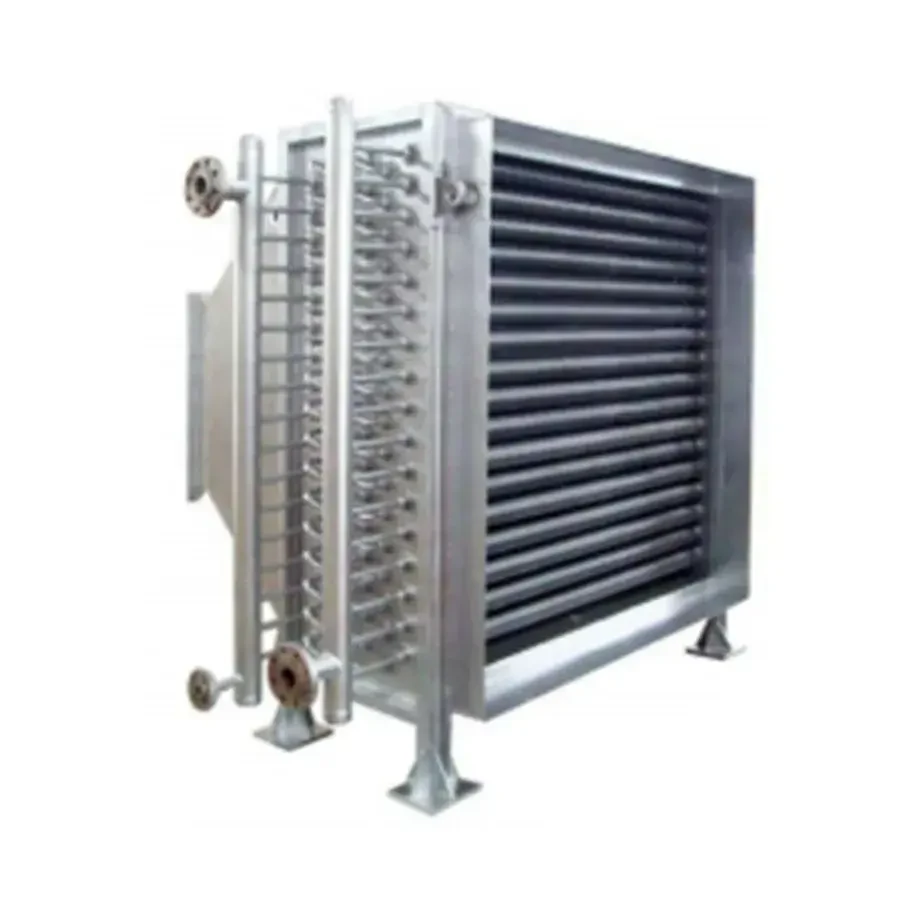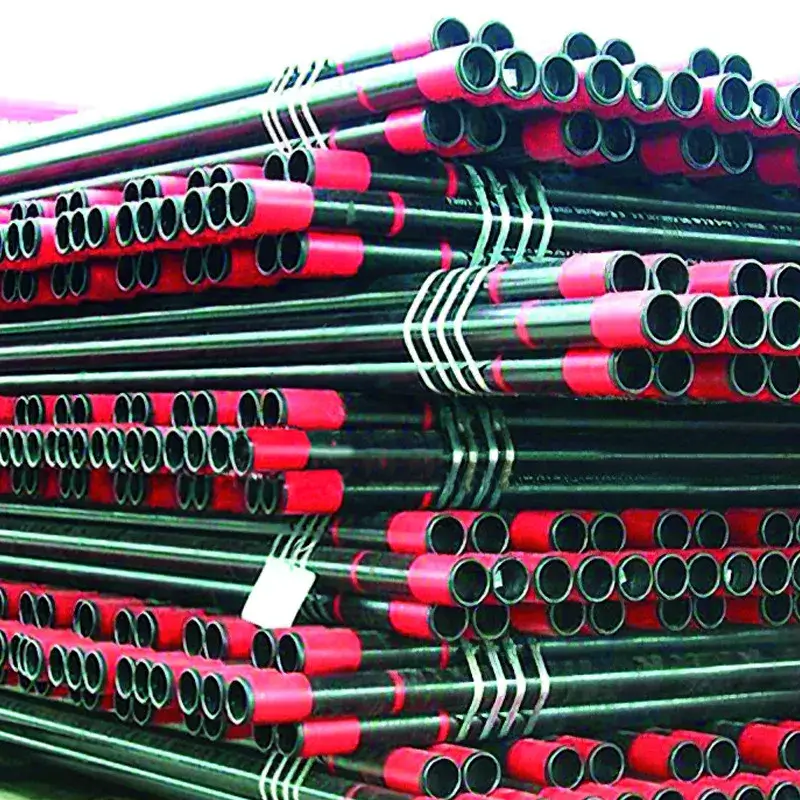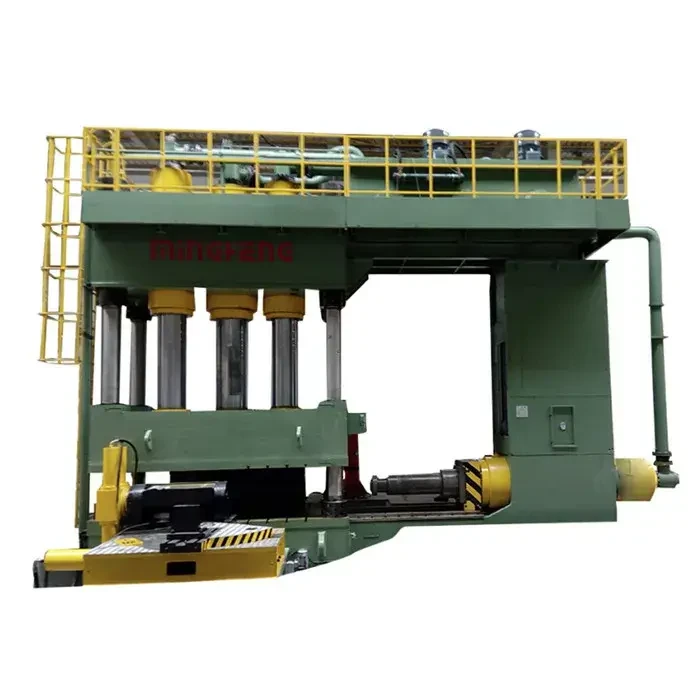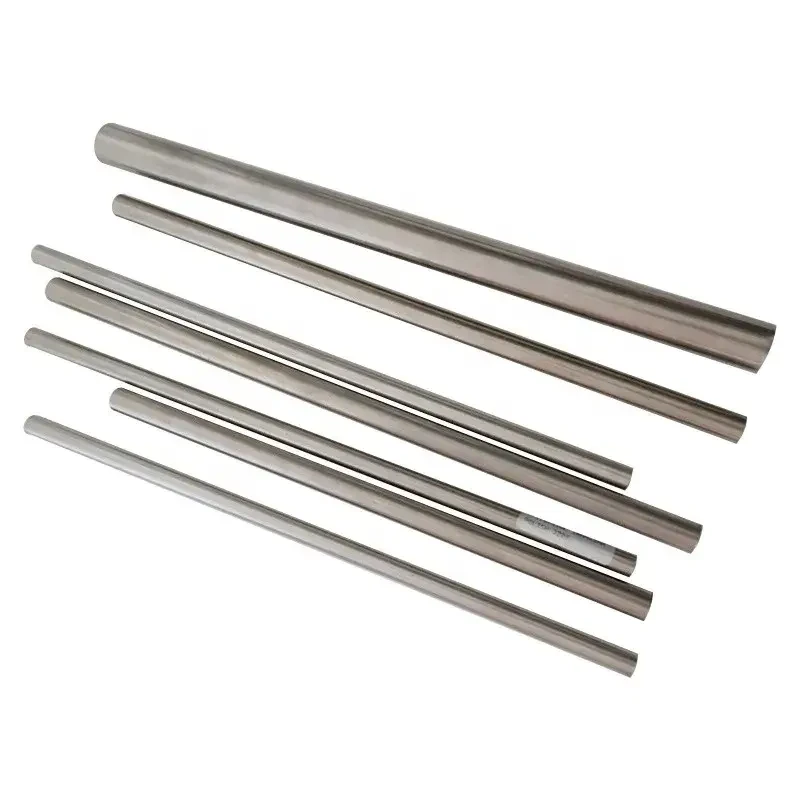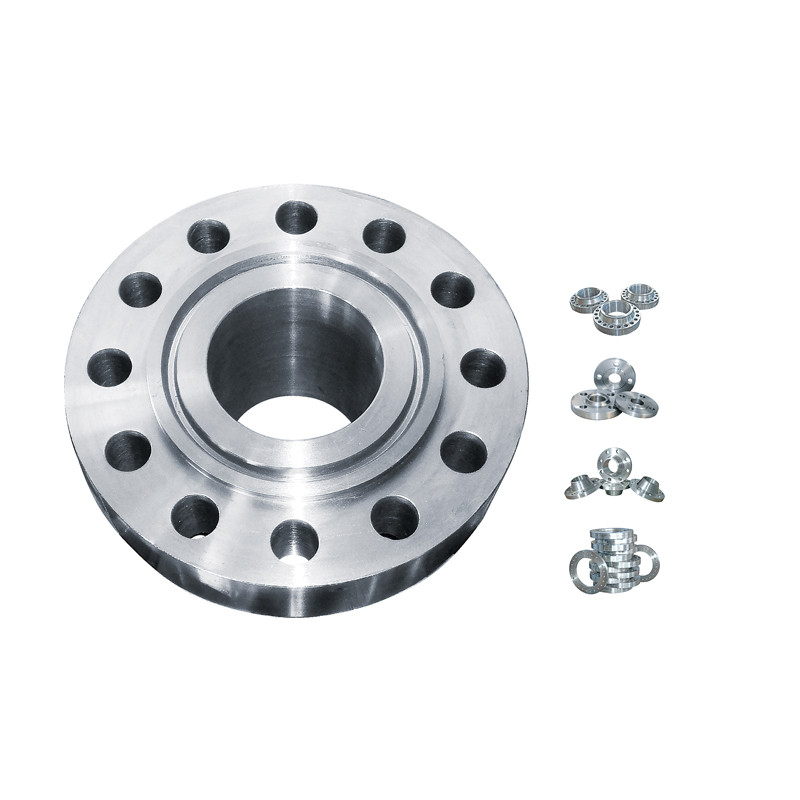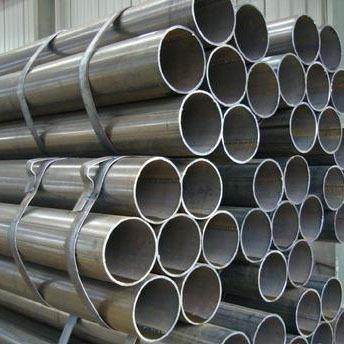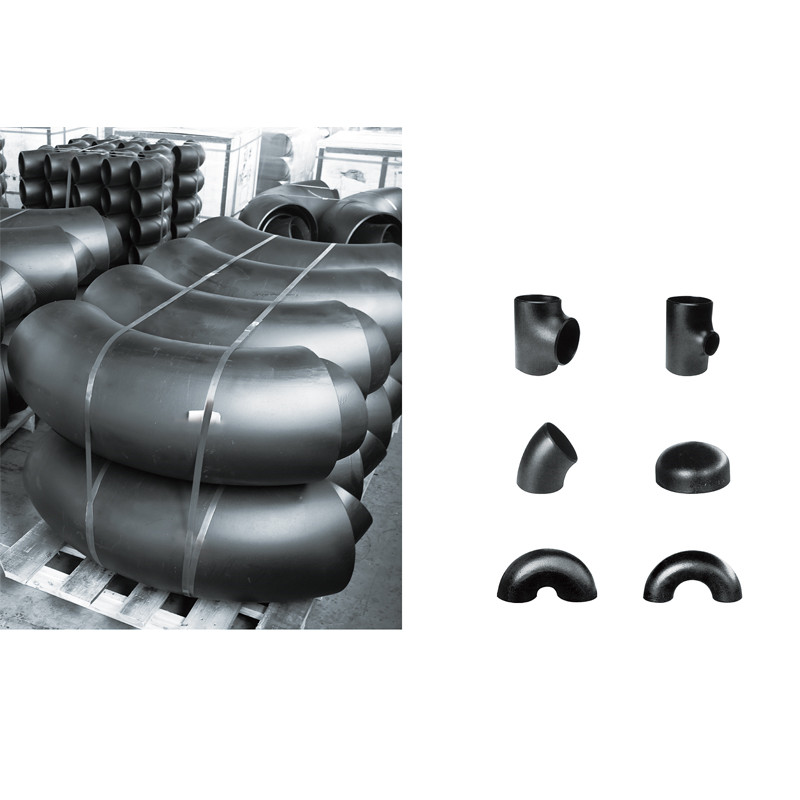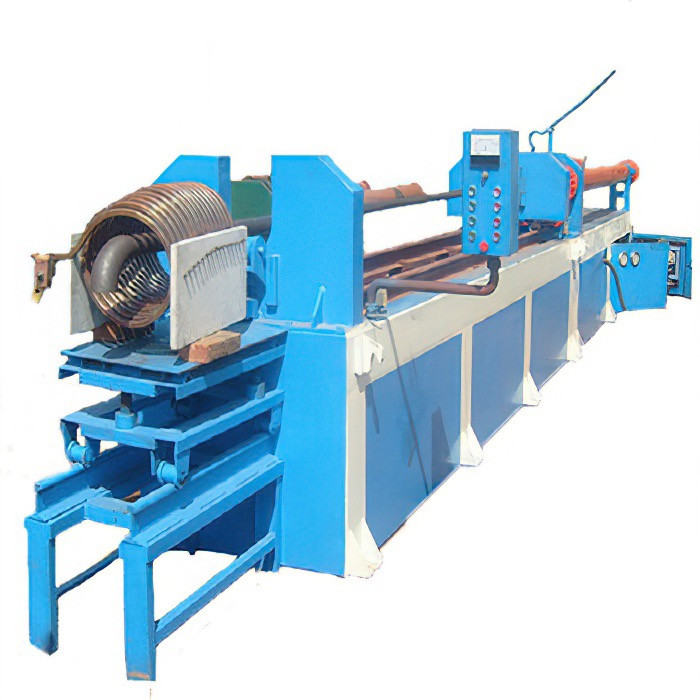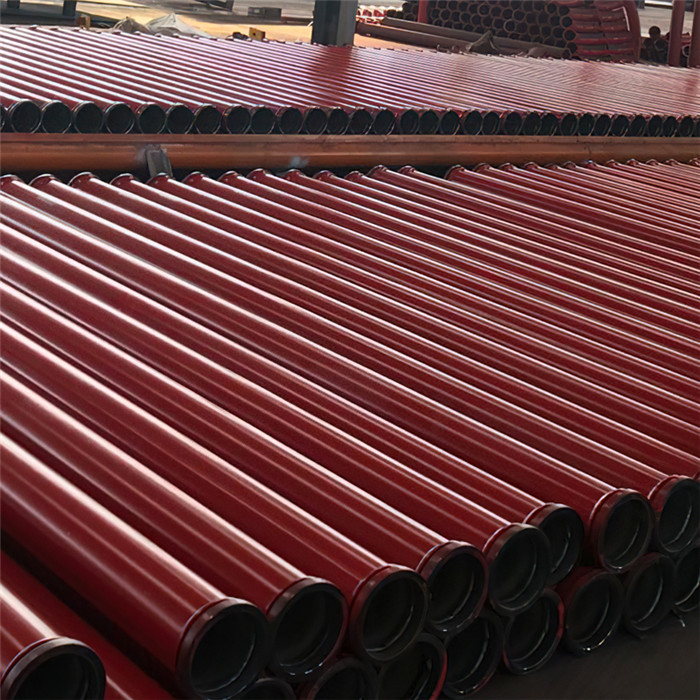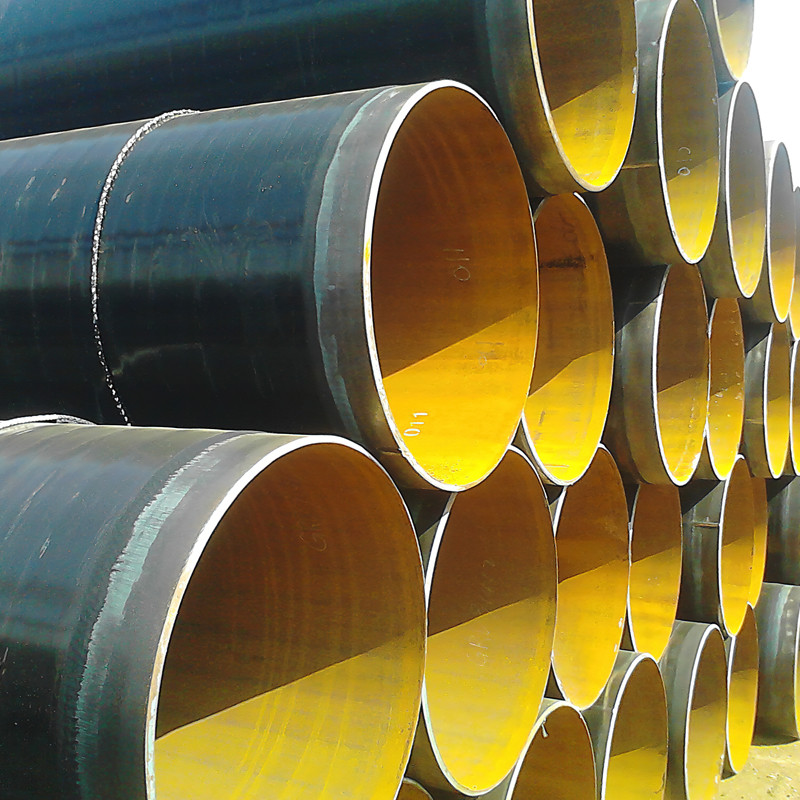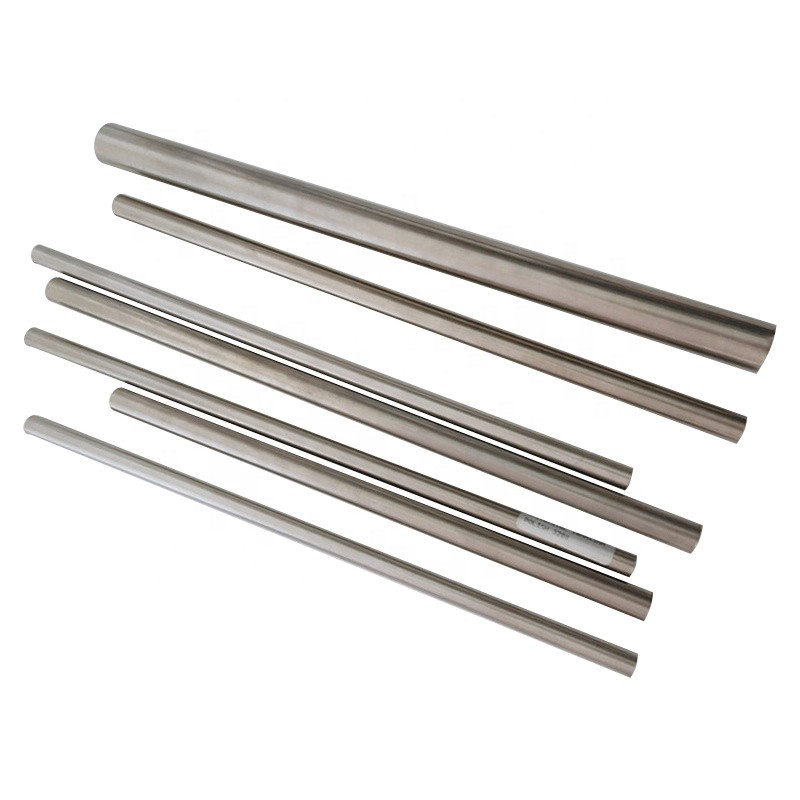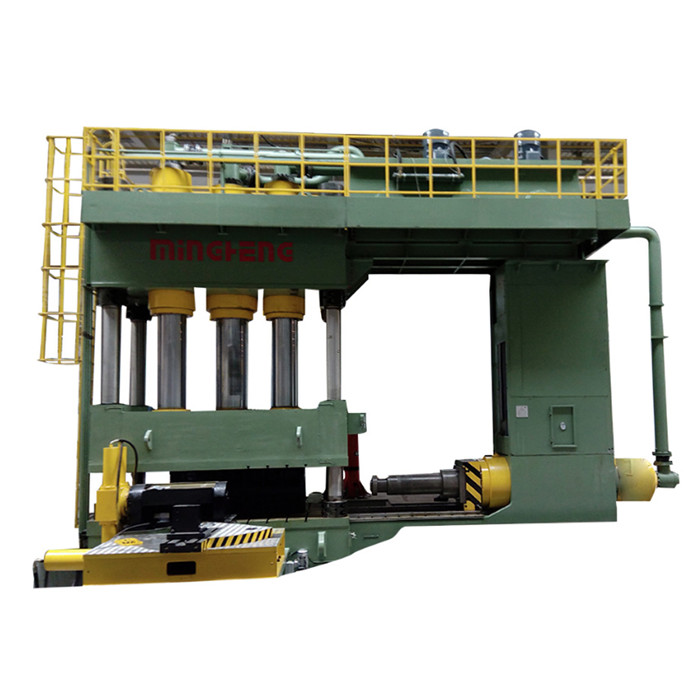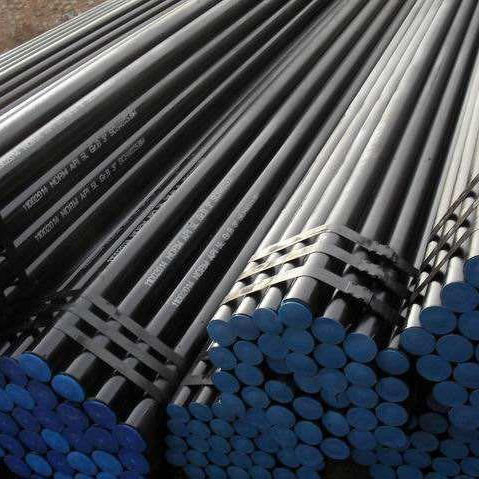Industrial plants, energy networks, and urban infrastructures rely on vast piping systems transporting vital fluids under extreme pressures and temperatures. Yet these lifelines remain terrifyingly vulnerable at their connections. pipe fittings types represent the critical junctures where catastrophic failure begins: a leaking elbow contaminates groundwater, a fractured tee triggers a refinery explosion, a failed reducer halts billion-dollar operations. Understanding different types of pipe fittings isn't technical trivia—it’s the barrier between operational integrity and disaster. Every pipe line fitting must withstand corrosive chemicals, thermal shocks, and relentless pressure while maintaining perfect seals. Neglecting this engineering imperative invites financial ruin, environmental liability, and loss of life. Your system’s survival hinges on these connections.
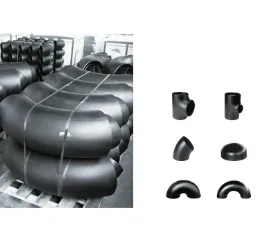
The Non-Negotiable Role of Pipe Fittings Types in System Integrity
pipe fittings types are the engineered components that transform disjointed pipes into functional networks. Their failure cascades into system-wide catastrophe. Three critical functions define their importance:
Pressure Containment: Fittings withstand internal forces exceeding 2,500 PSI in high-pressure gas lines. A single flawed weld on a pipe line fitting can detonate like a bomb.
Flow Control: Mismatched reducers create turbulence eroding pipe walls. Improper elbows increase pump energy costs by 15-30%.
Structural Stability: Tees bear 3x the stress of straight pipes. Unsupported fittings sag, crack, and rupture.
The 2010 San Bruno pipeline explosion—killing 8 and leveling 38 homes—originated from a defective seam weld.Sinoworld supplies forged carbon steel, stainless steel, and alloy steel fittings (ASTM A105, A182 F316) with 100% NDE testing, ensuring zero porosity in projects like Tanzania’s 3LPE pipeline. pipe fittings types aren’t accessories; they’re your first and last defense against kinetic and chemical entropy.
Navigating Different Types of Pipe Fittings: Form Follows Failure
Different types of pipe fittings solve specific failure modes. Misapplication guarantees disaster:
- Elbows (Directional Control):
90° Short Radius (SR): Compact but causes destructive turbulence. Restricted to drain lines.
90° Long Radius (LR): Mandatory for process lines. Smooth curvature minimizes erosion.
- Failure Case: A chemical plant used SR elbows in sulfuric acid transfer. Turbulence eroded fittings in 8 months, causing acid spills.
- Tees (Flow Distribution):
Straight Tees: Equal flow distribution. Weakest at branch intersections.
Reducing Tees: Required for instrument connections. Mismatched sizes cause cavitation.
Failure Case: A reducing tee cracked at a gas compressor station when vibration met thin walls. Result: 72-hour shutdown.
- Reducers (Pressure Management):
Concentric: Vertical lines only. Horizontal use traps air causing vapor lock.
Eccentric (Flat Side Top/Bottom): Prevents air/sediment buildup in horizontal pipes.
Failure Case: A concentric reducer in a crude oil line trapped H₂S gas. Internal corrosion ruptured the fitting.
Material Crucible: Why Pipe Line Fitting Composition Dictates Survival
Pipe line fitting materials battle corrosion, pressure, and fatigue. Compromise kills:
- Carbon Steel Fitting (BLACK):
Cost-efficient for non-corrosive services (water, steam).
Achilles Heel: Rust. Requires epoxy coatings. Failed coating = wall loss.
Spec: ASTM A105 (Forged), SIZE:1/2″-24″ common.
- Stainless Steel Fitting:
Resists pitting from chlorides, acids. Essential for chemical plants.
Achilles Heel: Chloride Stress Corrosion Cracking (CSCC) above 60°C.
Spec: ASTM A182 F316/304, Technics:Forged for valves.
- Alloy Steel Fitting:
Chrome-Moly (A182 F11/F22) handles 593°C steam in power plants.
Achilles Heel: Hydrogen embrittlement in sour service. Requires PWHT.
- Unforgiving Truth: A carbon steel elbow in a seawater line corrodes through in 18 months. Material ignorance is fiscal suicide.
Execution Matters: Installing Pipe Line Fitting for Armageddon
Perfect fittings fail under inept installation. Non-negotiable protocols:
- Welding:
Weld Procedure Specification (WPS) required.
Alloy steel fittings demand post-weld heat treatment (PWHT).
Acceptable defect: ZERO porosity/cracks.
- Threading:
NPT threads require thread sealant (NOT Teflon tape for hydrocarbons).
Over-tightening strips threads → leaks.
Gasketing:
Spiral-wound (316SS/Graphite) for >Class 900.
Torque sequence divergence leaks 100% of time.
- Catastrophe Example: A nuclear plant leak started from a misaligned reducer weld skipped in NDE. Cost: $2 billion retrofit.
FAQs About Pipe Fittings Types
Why are pipe fittings types the primary failure point in piping systems?
pipe fittings types concentrate stress at geometry transitions. Elbows endure cyclic bending forces. Tees suffer stagnation at branches. Reducers accelerate flow velocity causing erosion. Poorly selected pipe line fitting materials crack under thermal shock. Unlike straight pipe, fittings can’t redistribute stress. This makes them the critical vulnerability requiring engineered solutions like forged construction and reinforcement.
What are the primary pipe fittings types used in industrial plumbing?
Common pipe fittings types include elbows, tees, unions, and reducers for directional control and diameter adjustments.
How does forging transform pipe line fitting performance?
Forged fittings undergo grain structure compression, eliminating voids and inclusions. This yields 30% higher tensile strength versus cast fittings. Forged grain flow follows contour geometry, resisting crack propagation. Critical applications (ASME B31.3 Category M) demand forged elbows, tees, and caps for leak-before-break safety. SIZE:1/2″-48″ availability covers most industrial needs.
How does a pipe line fitting enhance fluid transfer efficiency?
A properly installed pipe line fitting minimizes turbulence and pressure drops in conveyance systems
Which pipe fittings types withstand high-pressure steam applications?
Forged steel pipe fittings types like weld-neck flanges and reinforced tees offer optimal pressure resilience.
Post time: Aug . 19, 2025 10:24


